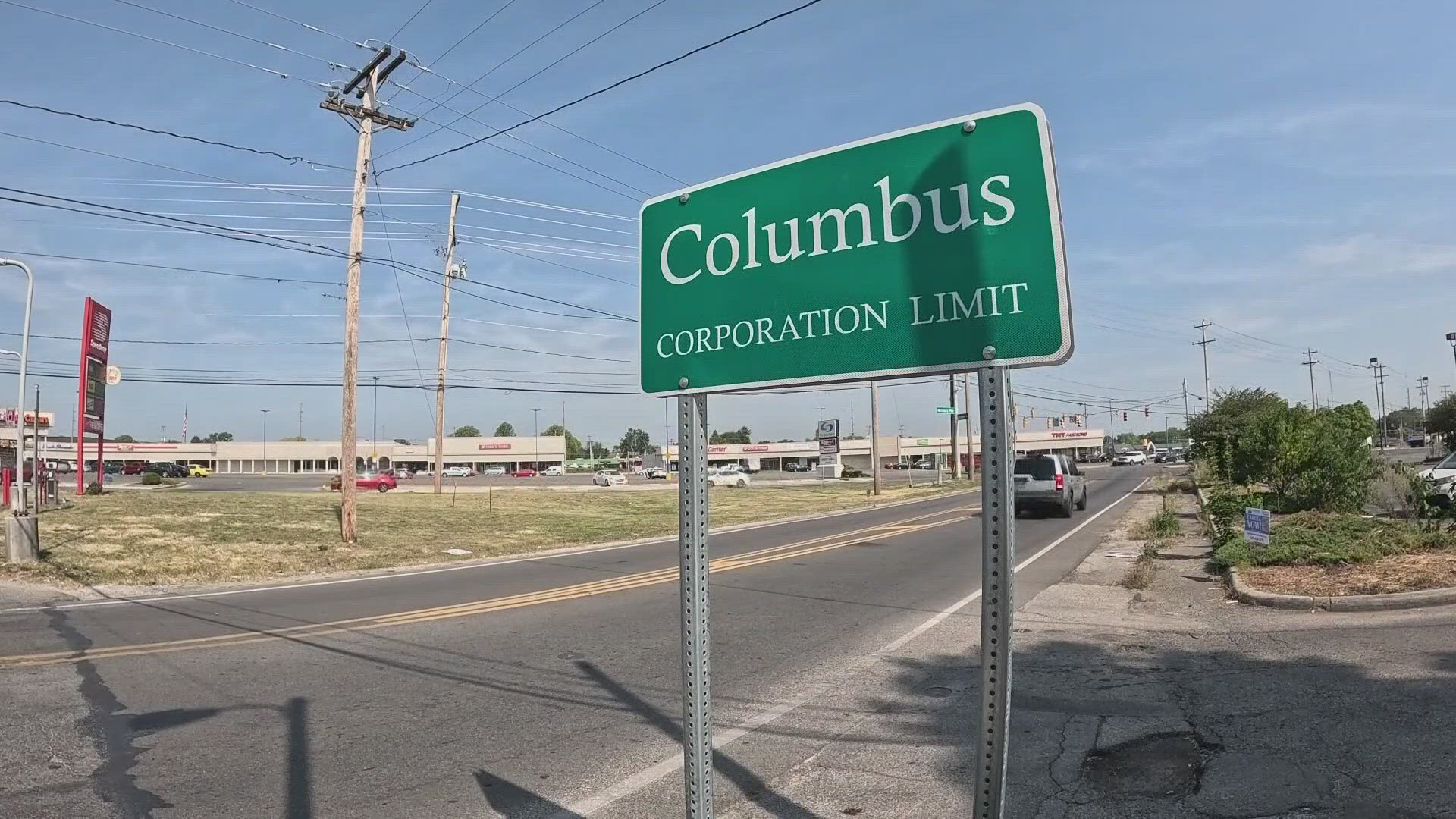COLUMBUS, Ohio — Annexation has helped the city of Columbus expand its borders immensely over its history. A city that started with around 50 acres more than quadrupled its size by the end of the last century.
Columbus’ counterparts Cleveland and Cincinnati have had the benefit of accessible waterways to contribute to their early successes. That same water long ago left the two cities boxed in from growing outwards. Columbus never had the benefit of a significant waterway, but that allowed the city to expand and grow through the annexation of available land.
“One historical factor that I think is often overlooked is that in the 1950s, Columbus decided to become very proactive in annexing as much land from the suburbs as possible,” said Jason Reece, associate professor of city and regional planning at The Ohio State University.
This story is part of 10TV's "Boomtown" initiative — our commitment to covering every angle of central Ohio's rapid growth. This includes highlighting success stories, shining a light on growing pains and seeking solutions to issues in your everyday life.
Maynard Sensenbrenner won the mayoral race of 1953. He is credited with creating the city’s annexation policy. While it wasn’t entirely his doing, the city of Columbus saw rapid geographic expansion in a matter of decades.
The city and central Ohio were faced with a water crisis fueled by post-war growth. Columbus was also being threatened by growing suburbs potentially boxing in the city and preventing it from expanding beyond its geographical limits at the time.
Sensenbrenner developed somewhat of a campaign to keep Columbus from suffering the fate of Cleveland and Cincinnati who have long been unable to expand at the same rate. His annexation policy focused on water. Anyone who wanted to connect to the Columbus water system had to annex into the city.
“Unlike Cleveland and unlike Cincinnati, which was landlocked by its suburbs, Columbus didn't really see a period of decline that impacted quality of life like you've seen in some of those traditional rustbelt cities,” said Reece.
Land doesn’t come from nowhere. Nowadays, that land typically comes from the townships surrounding the city.
Franklin Township sits to the south and west of Columbus. A map tacked to the wall of the township office shows a patchwork of township land intertwined with land now belonging to the city of Columbus. Over the years, the township has shrunk as landowners and developers annex into the city. John Fleshman, Franklin township Trustee, said with the shrinking land, there are fewer tax dollars to run the township’s police, fire and other services.
“Eventually what ends up happening is it ends up getting too expensive to live in a township. New Rome is an example out on West Broad Street. Eventually, it dissolved into the city of Columbus,” said Fleshman. “You implode. It’s inevitable that you won’t be able to function as a township. For lack of better words, you go belly up.”
Fleshman said the township operates on a budget of about $10 million per year. With the rate at which land is annexed into the city of Columbus, he fears Franklin Township may face the same fate in the next decade unless something is done to keep tax dollars in the township.
He said the township is proposing a type of levy that he believes will secure the future of Franklin Township.
“Federally they came out with a township-wide levy. A levy that goes on the ballot. Every levy you have has to go away and you have one new one. We operate on a $10 million budget. This doesn’t mean it will be a windfall that we will collect more. We can’t collect any more. You just have more people paying,” he said. “It secures the township forever if it’s a yes vote because the funding will also come in from other entities that were annexed into the city.”
Fleshman added home rule is also an option now available for townships. Home rule would allow more authority, similar to that of a municipality.
Columbus’ policy on annexation has marched forward at various strengths over the years. Former Columbus Mayor Michael Coleman said the expansion of the city at all costs worked for a time, but it came at a cost to the city’s urban core.
“What happened is that the resources necessary to support that external growth, geographic growth in the city required those resources to be spent in those areas,” said Coleman. “As the city grew, I thought it was important that the new territories of the city paid for its own expansion and the resources that were taxes and the urban areas, they were no longer diverted by reinvesting back into the urban, existing parts of the city.”
Annexations have been ramping up in recent months. Parcels to be annexed have come up in several Franklin County Board of Commissioners meetings. By law, the commissioners claim they must vote yes on any annexation that comes across their desks.
As the city of Columbus grows, the townships have to wait and see what happens next.
“This is like people are playing Monopoly. When you get so far ahead in Monopoly, you win. There’s only so much left and God quit making land a long time ago,” said Fleshman.
Fleshman noted that Franklin Township also contributes mutual aid to Columbus in terms of fire and medical aid.

